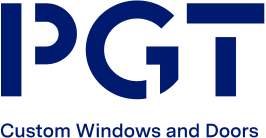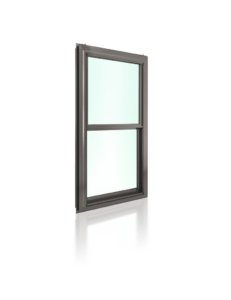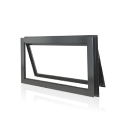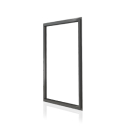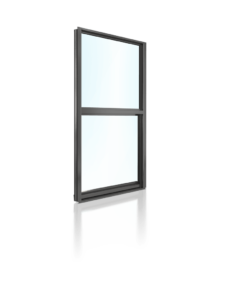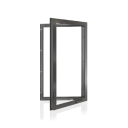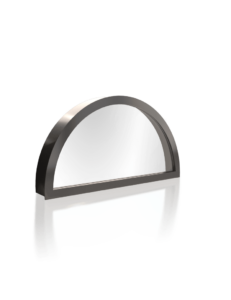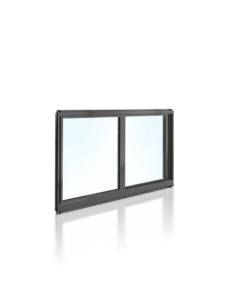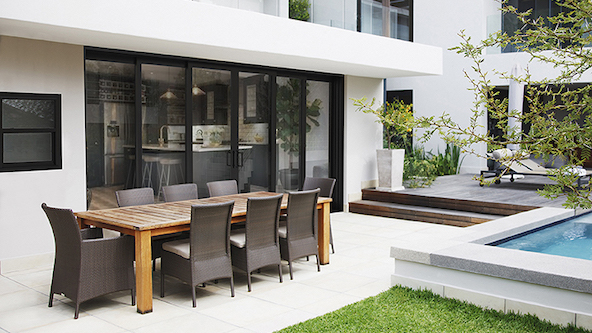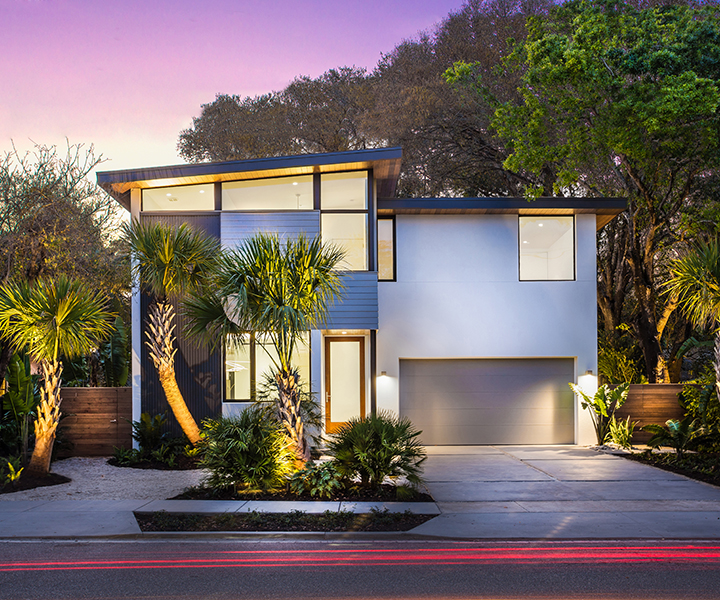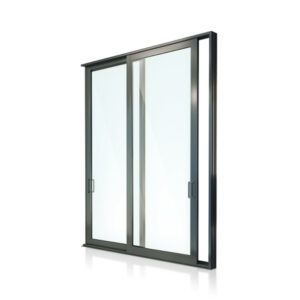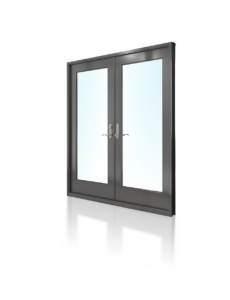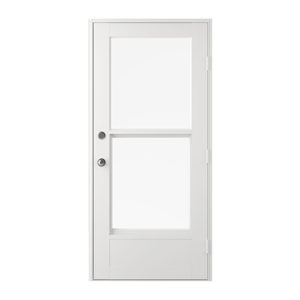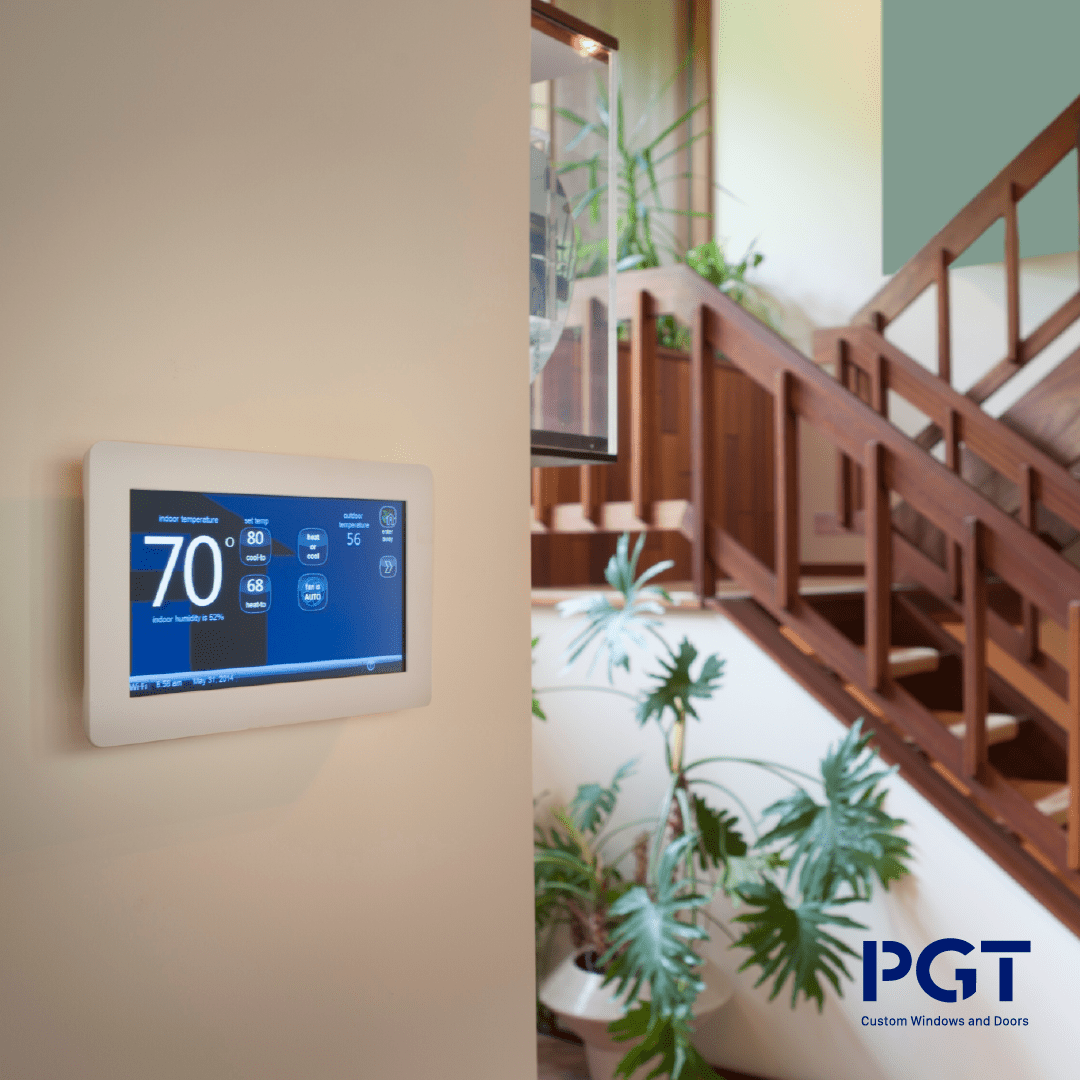Slash Your Energy Bills With Home Efficiency
The cost of maintaining a home can be high, but some of those costs can be controlled. By improving your home’s energy efficiency, you can reduce your utility bills and your carbon footprint at the same time. There are many things — big and small — that you can do to make this happen.
By making these adjustments a little at a time, you can reduce the cost of heating and cooling your home. Below are just a few suggestions that can help you on the path to making your home more efficient.
Smart Thermostat
A typical smart thermostat is designed to “learn” your temperature preferences and adjust the temperature of your home accordingly, thus helping you to maintain a comfortable indoor temperature throughout the day while you’re at home.
At night, the smart thermostat can change the temperature of your home interior to reduce your dependence on your HVAC system while you sleep. The thermostat will then return the temperature of your house to your preferred temperature by the time you wake up, ensuring the best of all worlds: energy savings while you sleep, and a comfortable home when you’re awake to enjoy it.
Some smart thermostats even know when you leave the house, and change the temperature while you’re away. Ultimately, the smart thermostat does everything that you might do yourself, if you were thinking about the temperature of your home all day long. The smart thermostat thinks about this for you, so you don’t have to.
Smart Blinds
Smart blinds can be programmed to be raised and lowered with the rising and setting sun. When the sun is shining directly through your windows, smart blinds can adjust to block the sunlight and keep your home a comfortable temperature. When the sun has moved across the sky, smart blinds adjust to allow more natural light into your home.
Smart blinds are most useful if your home has energy inefficient windows. If you have single pane windows, smart blinds can be a worthwhile investment. If you’re considering installing new triple pane windows in your home anyway, smart blinds do little good.
Improved Insulation
Insulation is important for ensuring good energy efficiency at home. While modern homes are highly insulated and have a very tight building envelope to help prevent air leaks, older homes tend to “breathe” more, allowing a transfer of energy between the home’s interior and exterior. Retrofitting your home’s walls with insulation can be an invasive procedure, but there’s one place in the home where it’s usually easy to install additional insulation: the attic.
While different areas of the country have different insulation requirements, a good rule of thumb says that if you can see the tops of the joists in your attic, then your attic doesn’t have enough insulation. Cover the joists with fiberglass batts to prevent the temperature in the attic from impacting the temperature in the floors below.
While some homeowners perform insulation installation as a DIY project, hiring a contractor helps ensure the work is done right. A good contractor will also avoid making mistakes that could lead to unnecessary energy loss in your home.
Weatherstripping
Weatherstripping your home, especially around the windows and doors, can prevent air leaks from creating hot spots in your house. Installing new doors and windows can reduce the need for weatherstripping, but if your home’s doors and windows are older, take time to check and update your weatherstripping once a year. Weatherstripping is a process that many homeowners do as a DIY project, but hiring a contractor or even a handyman can help ensure that the work is done thoroughly and more effectively.
When you’re checking your home’s weatherstripping, look for cracked or missing strips. The weatherstripping should be plush and soft, capable of filling the gaps between the door/window and the frame fully without getting in the way of the open/close action.
Upgrade Home Appliances
Old appliances are usually not very efficient, because appliances can lose efficiency over time. In addition, most appliances have become more efficient in recent years, so older appliances simply use more energy and natural resources to run.
If you’re replacing your home’s appliances, look for products with the ENERGY STAR rating. Sometimes these products cost more money, but they can save more money in the long run because they’re so efficient, and may even come with tax savings or rebates. Start by upgrading the oldest appliances that are the most likely to break down.
Use Ceiling Fans
Rather than turning the air conditioner on a higher setting when the temperature outside gets warmer, use ceiling fans to create a gentle breeze in your home and keep air circulating. Ceiling fans use a small percentage of the energy that air conditioners use, and at the same time, help keep your home cool and comfortable, even when it’s warm outside.
Attic Fan
Attic fans, similar to ceiling fans, help create air flow in your home to expel hot air and keep cool air circulating indoors. If you have an attic fan, turn to it first (before the air conditioner) to reduce the temperature in your house. If you don’t have an attic fan, it’s worth exploring this type of feature for your home.
Use a Clothes Line
Clothes dryers can use a lot of energy, but you can reduce your dependency on dryers by installing a clothesline in your backyard. Dry your clothes on your clothes line, preferably in a part of the yard where your clothes will be exposed to sunshine. This helps them dry as quickly as possible.
Keep Improving Your Home’s Energy Efficiency
Energy efficiency can’t be achieved in a day. By making small, incremental changes to your house, you can continue to improve your home’s energy efficiency while maintaining a comfortable temperature inside your home.
